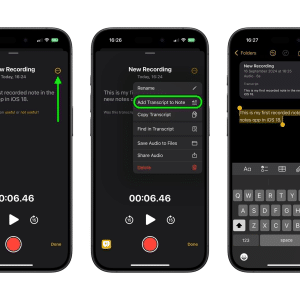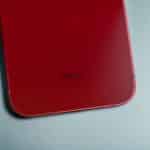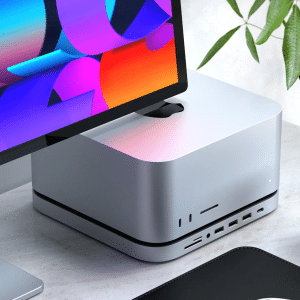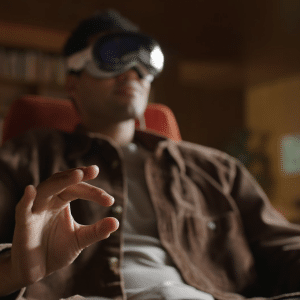Wearable tech remains very much in its infancy – and many iPhone users yet to purchase an Apple Watch might still be wondering how the wearable could help them in ways that their smartphone can’t. To give those people an idea of how the Apple Watch can fare in real-world usage, we’ve decided to analyze what could be the average, productive day of someone routinely wearing it.
Preparing for the day ahead
As many of us who wear spectacles can easily comprehend, a smartwatch can be the kind of wearable frequently donned on mornings with little conscious thought. In fact, many of us might already be wearing it when we wake, but more on that later. You can quickly put together a ‘to-do’ list for the day ahead thanks to the Drafts 4 app for Apple Watch. To start, perhaps during breakfast, you can just speak to your wrist – as the notes can be strung together through Siri dictation.

Getting to and from work
The Google Maps app on Apple Watch can help you to get both to work in the morning and back home again towards the end of the day. This is because there are dedicated buttons for getting quick directions to both places. You can carefully look through the text-based journey directions, while Force Touch can be used for seeing how different transport types would affect your travelling.
Making numerical calculations at work
A calculator, it seems, is one of those basic tools that can prove surprisingly vital in a range of circumstances – not least at work. It’s fortunate, then, that with the PCalc app, you can make quick calculations without having to reach into your pocket to use the calculator app you’ve probably previously installed on your iPhone. The PCalc app’s main interface has the numbers, while you only need a single button tap for access to the operators and tip calculation.

Monitoring the quality of your sleep
Keep your Apple Watch on your wrist when you get into your bed on the evening, and the Sleep++ app can – as long as you remember to tell it when you’re settling down to sleep and again when you’ve woken up – monitor your sleep. It can, for example, detect when you’re in deep and light phases of sleep and how much of the night you spend restless – and then present all of this information to you come the morning. If this is what the Apple Watch can achieve even this early, imagine what the wearable’s future could be like. We already have in the current issue of AppleMagazine.












